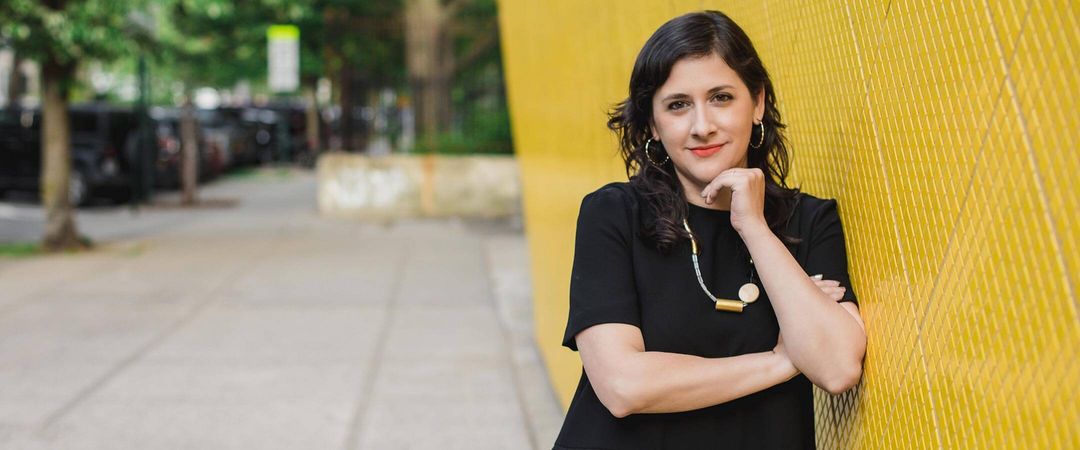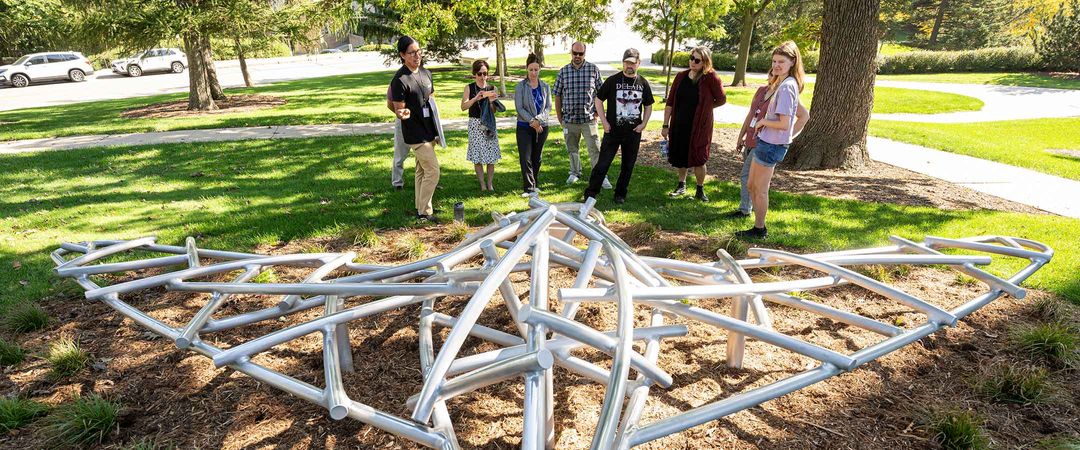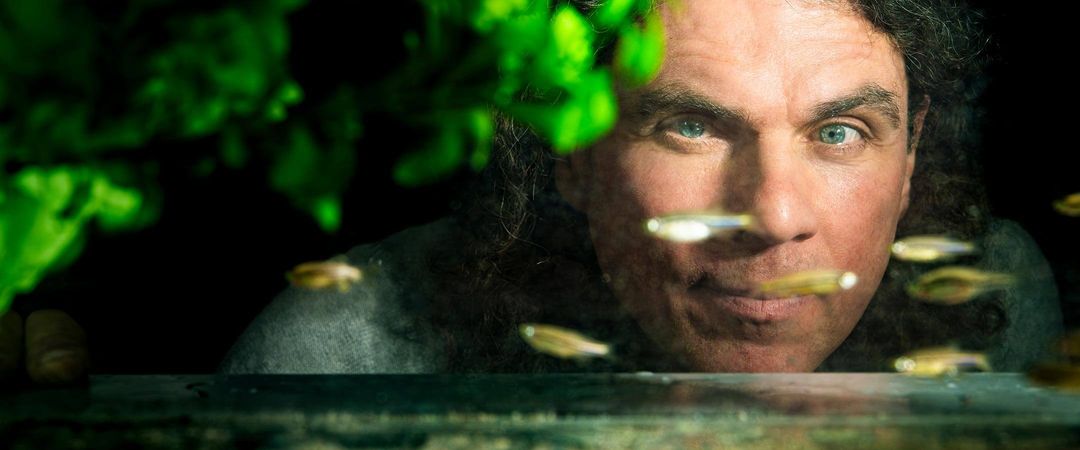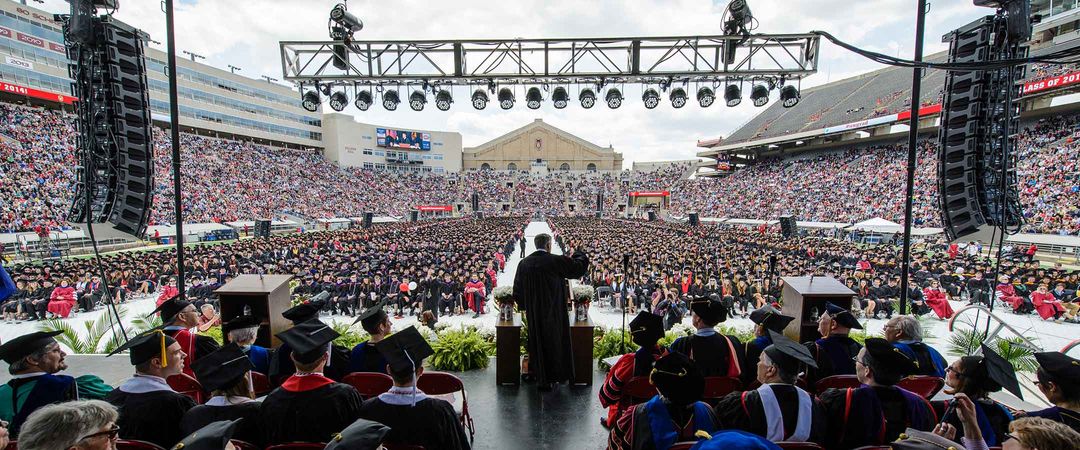A native of Norway, Line Roald came to the UW by way of the Los Alamos National Laboratory. An assistant professor of electrical and computer engineering, she studies the electrical power grid, seeking ways to help ensure a continuous supply of low-cost, sustainable energy. “Usually, people don’t think about electricity until the day they don’t have it,” she says. “There are huge changes ongoing in the electric grid and the energy system overall. It’s an exciting time to be a researcher in this area.”
Chief Area of Research:
My research focuses on the electric power grid and how we can make it work in the best possible way. We are looking at the electric system primarily from a technical perspective and working to understand how all the different pieces can work together in the best way. Because access to energy and electricity are so essential for our daily lives and society as a whole, many of the questions that we ask have impacts on wider economic and societal matters. Thus, the target of my research is to contribute to making sure that this very large infrastructure works well, both in everyday operations and during periods of strain, such as heatwaves, cold spells, or extreme weather events.
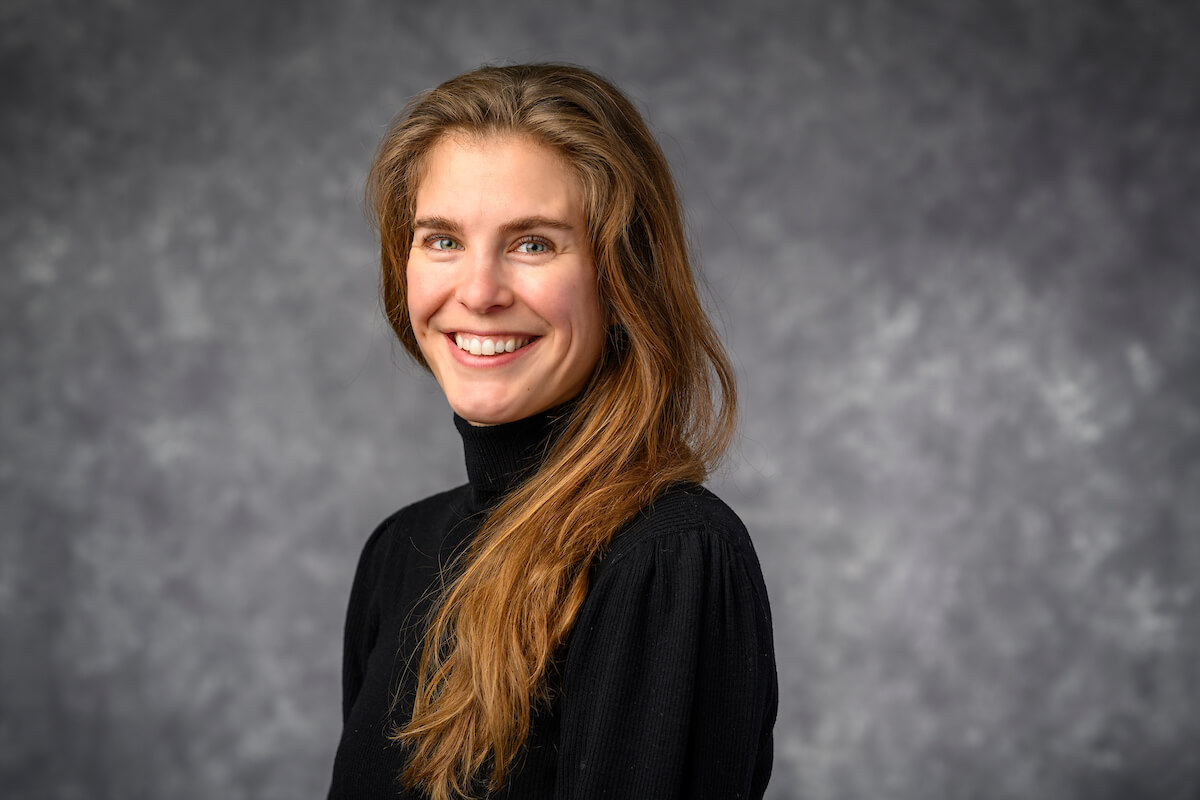
Tonight on The UW Now I’ll Discuss:
One of the things that I want to highlight is how the electric grid is both instrumental in achieving important decarbonization and sustainability goals, while at the same time being under increased threat from extreme weather. Electricity supply is increasingly coming from renewable energy, which in many areas is now the most cost-effective way to provide electricity, and thus we can expect it to increase in the future. We need to make sure that this electricity, which is generated when the sun is shining or the wind is blowing, is available where and when we need it. This becomes particularly important as electricity is needed more than ever in, for example, electric vehicles or for air conditioning during heatwaves. On the other hand, extreme weather due to climate change is also subjecting the electric grid to additional challenges. We see this in the increasing wildfire risk in California and in the west, where power lines in some cases play an important role in starting fires and also can be impacted by them. Another example is heatwaves, in which electricity may be in exceptionally high demand to maintain healthy indoor temperatures.
One Thing I Want Viewers to Take Away Is:
The energy system is really undergoing very rapid change. There are many challenges on the technical side, on the policy side, on the regulatory side. It’s quite an incredible undertaking, which we are trying to do in order to both decarbonize the grid and also make it resilient. There is no way around it, and we will get there, but people should be aware that there might be some changes along the way. Currently, we are always used to electricity being very much available on demand. In the future, we will have to work toward having more flexible systems that allow us to use electricity when it is available. This is something each and every one of us can help to achieve.
To Get Smart Fast, Read:
Publications from the Energy Information Agency and the National Renewable Energy Laboratory.



